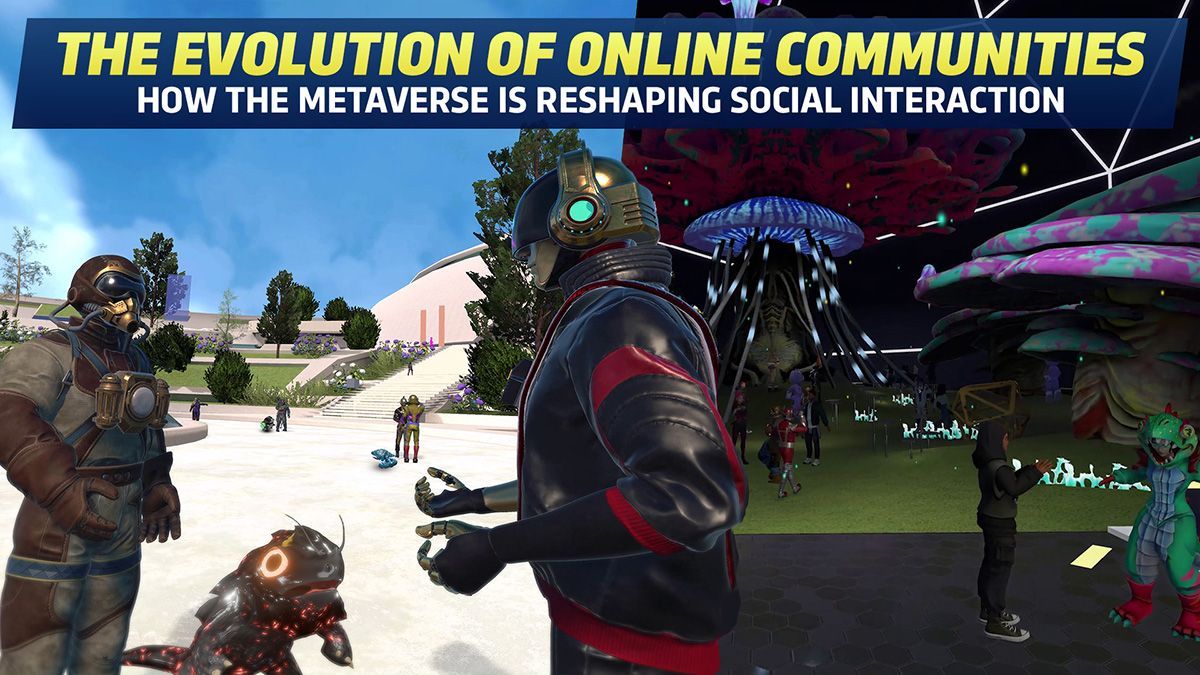Ben Fairbank
RFOX | CEO

Author:

Ben Fairbank
RFOX | CEO
In the ever-evolving landscape of Web3, the debate of whether to prioritise platforms or products first remains a significant dilemma. This essay explores the intricate dynamics between building platforms and products, particularly within the NFT and gaming sectors. We will delve into the challenges and considerations that both approaches entail, backed by data and referenceable links.

NFT brands and games often build vibrant communities centered around their tokens. However, when markets decline, these communities can become stagnant. The reliance on token-based incentives means that engagement wanes when the value of these tokens drops. According to a report by NonFungible.com, NFT sales saw a significant decline during the crypto market downturn in mid-2022, highlighting the vulnerability of token-dependent communities.

Creating platforms and backend infrastructure for world-building and games is inherently challenging. It is resource-intensive, requiring significant funding, technical expertise, and time. The “cold start” problem, where a platform struggles to gain initial traction, exacerbates these difficulties. Research by Gartner suggests that many tech startups face a high risk of failure in their early stages due to these substantial initial hurdles.

Platforms generally prioritise technology development, focusing on building robust systems before engaging with communities or developing products. In contrast, many NFT brands initially build communities and announce platform development later. This sequence can be problematic as it often leads to a mismatch between the community’s expectations and the platform’s capabilities. A study by McKinsey & Company underscores that successful platforms often balance technology development with early community engagement to ensure alignment.

Achieving product-market fit in metaverses remains an elusive goal in the Web3 space. There is generally a lack of crossover between token holders and actual engaged users who participate without financial incentives. Data from DappRadar reveals that many decentralized applications (dApps) struggle with user retention and engagement, highlighting the gap between speculative investment and genuine user interest.

Platforms take years to develop and require a dedicated focus on addressing numerous technical and operational complexities. When token holders attempt to dictate development priorities to increase speculation, the process becomes even more challenging. An analysis by Andreessen Horowitz notes that successful platforms require a clear vision and consistent execution, which can be disrupted by external speculative pressures.

Given the challenges outlined, a viable strategy may involve building the platform first and then aggregating existing communities. By focusing on developing a robust and scalable platform, creators can ensure they have the necessary infrastructure in place to support a wide range of products and services. Once the platform is established, engaging with and integrating pre-existing communities can drive sustained growth and user engagement. A case study by MIT Sloan Management Review supports this approach, highlighting the success of platforms that first built strong technical foundations before expanding their user base.
The debate between building platforms or products first in the Web3 space is complex and multifaceted. While both approaches have their merits, the challenges associated with token-based communities, the technical and financial demands of platform development, and the elusive nature of product-market fit suggest that a platform-first strategy may offer a more sustainable path forward. By prioritising the creation of robust platforms and then integrating existing communities, the Web3 space can overcome many of its current hurdles and achieve long-term success.

